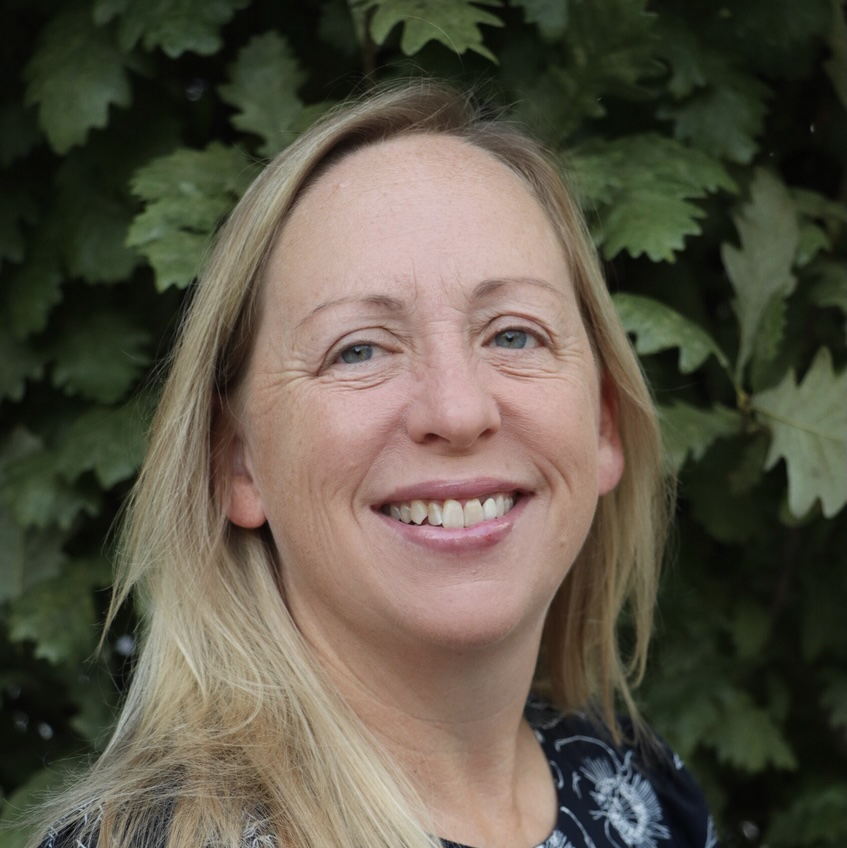The healthcare industry is, according to Ryan Smith, “in a really challenging place.” On top of mounting cost pressures, providers are leaving the profession in droves as the silver tsunami looms.
On the surface, it may seem like innovation should take a backseat. But in fact, that couldn’t be further from the truth.
“It’s not enough just to be working on cost cutting measures,” said Smith, who serves as Chief Digital and Information Officer at Intermountain Health. “Yes, that’s important. We need to be sustainable organizations as we work into the future, but if that’s our whole focus, that’s a death spiral.”

Ryan Smith
Prioritizing innovation, he believes, is what’s going to drive the industry forward. “We’re at such an interesting crossroads” where the nexus of cloud computing, generative AI, and progress around data interoperability are “poised to let us make these leapfrog advances toward rapid digital transformation.”
The tricky part comes in finding the right balance between sustainability and innovation. During a recent Keynote interview, Smith opened up about how Intermountain is building a culture around innovation, the enormous steps they’re taking to move toward simplification – while enabling digital transformation, and the truth about pilots.
One of those enormous steps? Migrating eight disparate EMRs to a single instance of Epic across the enterprise, which includes 33 hospitals and more than 400 clinics across several states. Scheduled to go live in September through a big-bang approach, it’s one of the Epic’s largest cutovers.
But what’s just as critical as the rollout strategy is the decisive governance approach that’s guiding it. From the beginning, Intermountain Chief Clinical Officer JP Valin, MD, has been adamant that the project isn’t owned by Digital Technology Services (DTS). “It’s not just my team,” Smith said. “We have to get 55,000 caregivers comfortable using the system. It’s going to take all of us to be successful.”
What will make that possible, Smith added, is the “operational stakeholder and executive engagement” that has been weaved into the fabric of the organization, and will continue to factor heavily as his team works to advance digital transformation. “I’ve been so impressed to see the level of senior leader engagement” in ensuring that both caregivers and leaders can stay focused on what’s important.
“We have a great level of transparency and expectation within the organization that if a problem starts to surface, instead of trying to stifle it, it is immediately escalated to the appropriate level so that we can help prioritize.”
That top-down support is an instrumental component in any successful governance strategy, he noted. “We’re focused a lot on operational change management because at the end of the day, it's a big part about how we think about innovation.”
That philosophy factors into how Intermountain is approaching one of its core objectives: simplifying the experience for consumers and caregivers by offering a “homogenous, consistent” digital experience.
His team has created a series of digital touch points, each of which focus on different parts of the care journey. The goal is to help patients and caregivers navigate the system, from scheduling and preparing for visits to managing billing. “We put a lot of effort, time and energy into thinking about these moments that matter for our patients and making sure that we have a really consistent process for meeting them where they need us to be from a digital interaction perspective,” Smith said.
Another key priority is robotic process automation, which Intermountain had been actively pursuing long before his arrival. To date, the organization has more than 4,000 RPA-based bots that are helping to automate “hundreds of processes,” either partially or completely, and it shows no signs of slowing down. “We’re going to see automation touch virtually every aspect of the business,” he added. “I’d be surprised if that isn’t ultimately the answer for all of us as healthcare organizations, because we need to get that level of support to be able to remove a lot of the mundane tasks that our caregivers have to do.”
Embracing automation and fostering innovation, however, must be approached carefully, especially with some already feeling the effects of pilot fatigue. One strategy? Limit pilots to a period of 60-90 days, after which they either graduate to the next phase or are placed on the back burner.
“We increasingly look at innovation from a ‘learn early, fail fast’ perspective,” Smith said. “If it fails, that’s okay. And if it’s working, how can we get it to scale and get to full implementation across the organization?”
Along with taking some of the burden off of IT, that strategy also helps keep the focus firmly on innovation, which is “our lifeblood for growth and digital transformation,” he noted. “Ultimately, isn’t that why we’re here? It’s not just keeping the lights on. It’s not just getting our 200 annual projects done. We have to bring in new ways of doing things. It’s our job to enable the rest of the organization to be more nimble, to be more agile, to test things, and to move forward.”


Questions about the Podcast?
Contact us with any questions, requests, or comments about the show. We love hearing your feedback.

© Copyright 2024 Health Lyrics All rights reserved